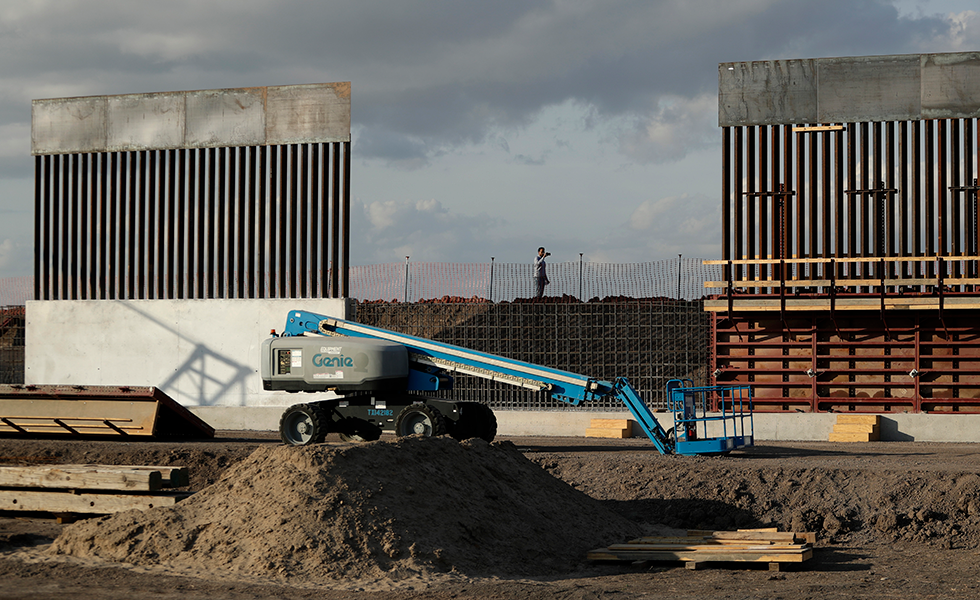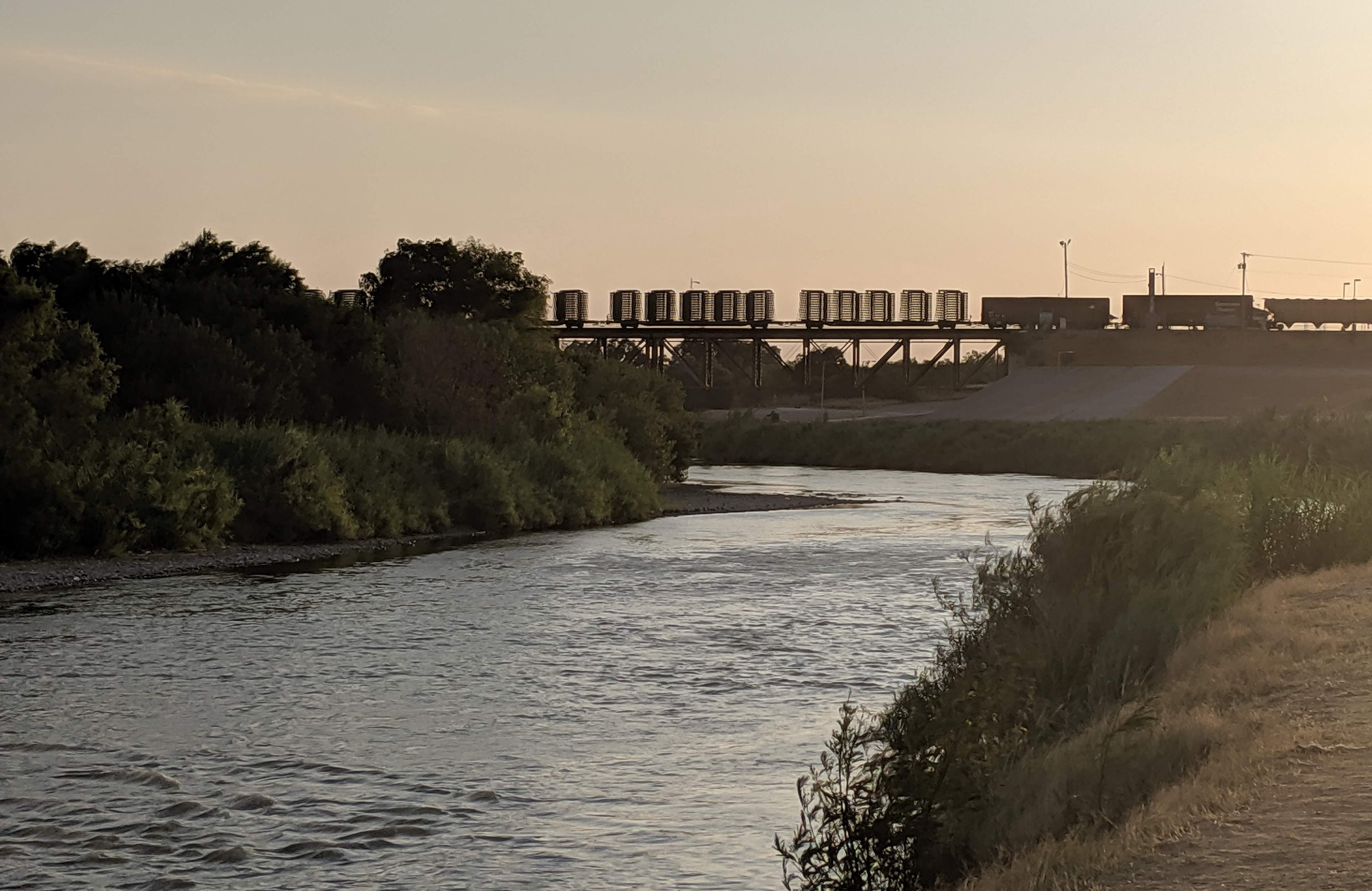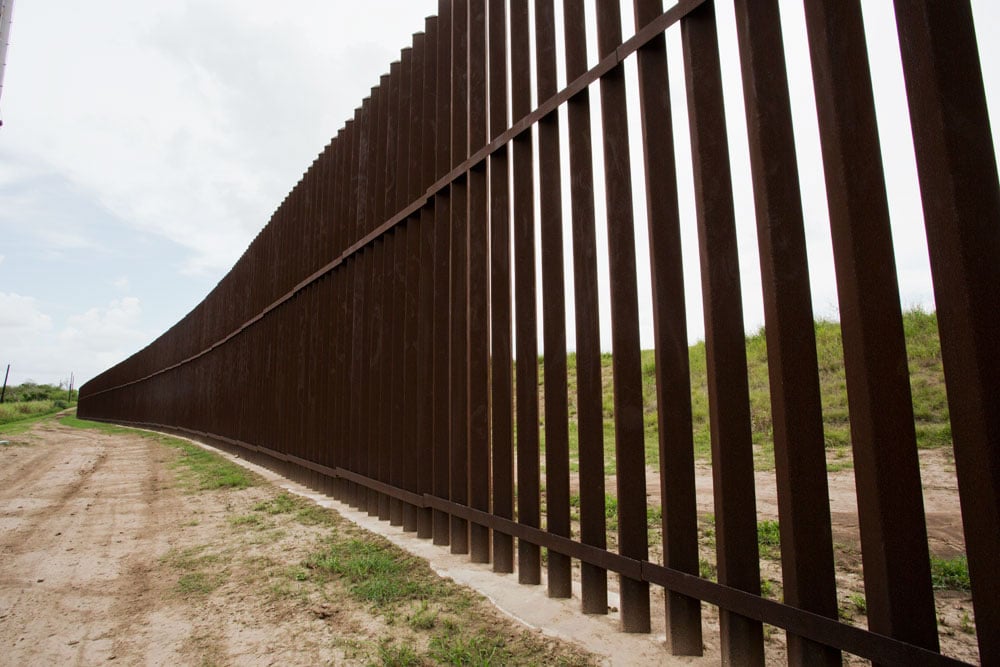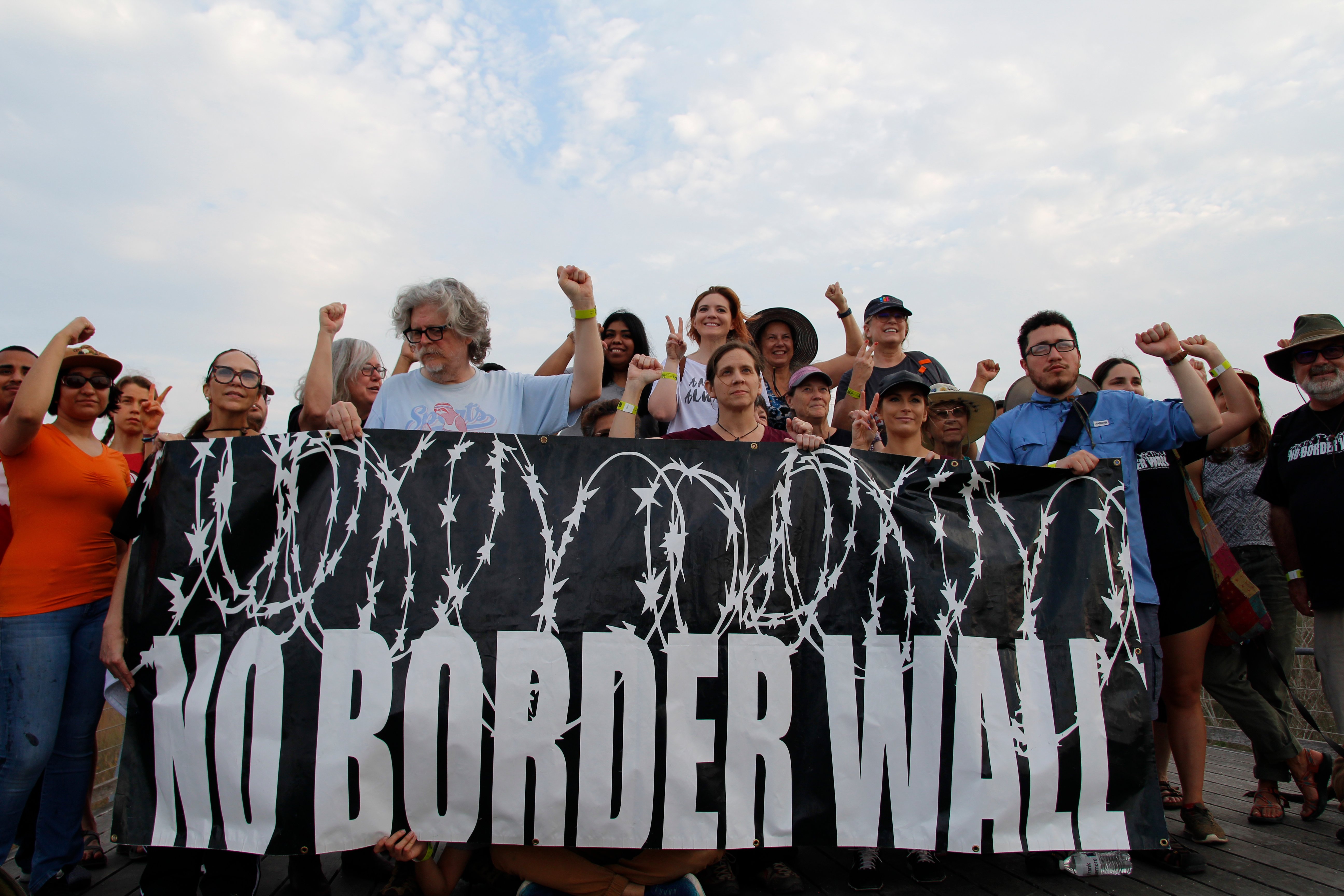
The Borderlands are a Sacrifice Zone for Our Terrible Politics
In the last year, Democrats agreed to border-wall funding that will fence off much of the Rio Grande Valley from Brownsville to Falcon Lake.

Above: If this deal is a win, it’s a Pyrrhic one.
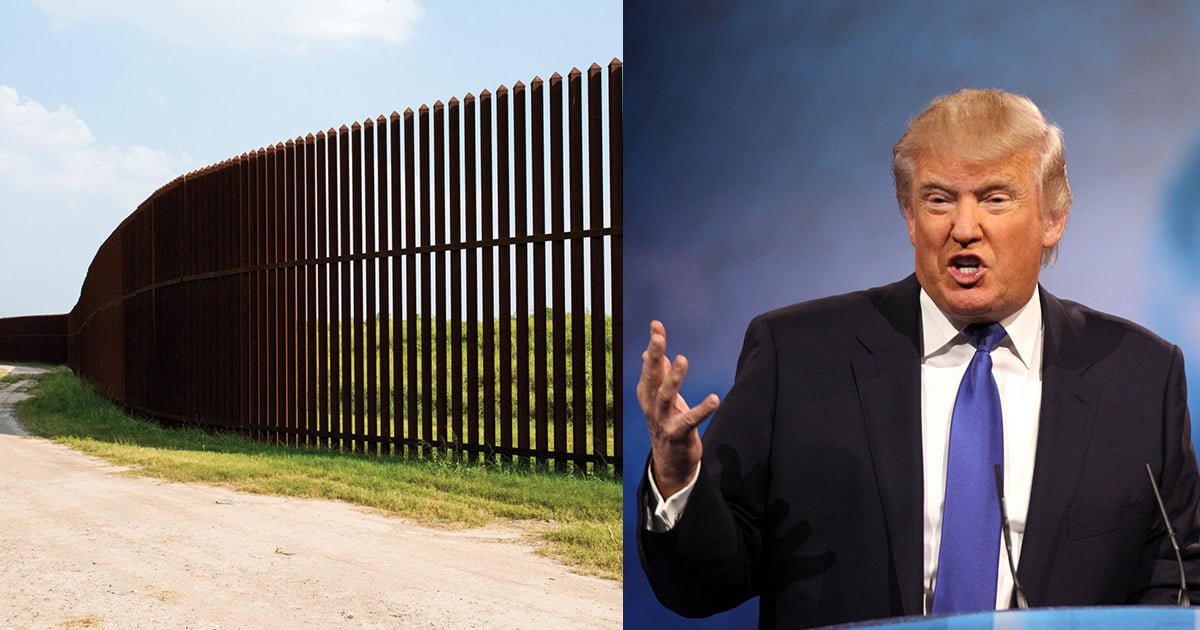
Trump won’t get his beautiful Mexican-funded concrete wall from sea to sea. The president’s attempt to hold the federal government hostage for his arbitrary demand of $5.7 billion has failed. For these reasons, Democrats and the broader resistance are celebrating. But they shouldn’t. Lost in the debate is this reality: Over the last year, Democrats have agreed to give Trump billions of dollars for at least 88 miles of new border fencing and walls. And no one is paying a bigger price than the people of the Texas borderlands, the Rio Grande Valley in particular. All 88 miles are slated to be built in the Valley, which already has at least 50 miles of Bush-era wall. Unlike much of the national media, which is obsessed with political “optics” and the theater of the absurd, Observer reporter Gus Bova has been on the ground in Roma and Mission and Pharr, putting a human face on the border wall. (A decade’s worth of our border wall coverage can be found at texasobserver.org/border-wall.)
In March 2018, when Republicans still controlled the House, Democrats agreed to give Trump $641 million for 33 miles of new wall in Hidalgo and Starr counties. This fact seems all but forgotten now. After Trump’s mid-February rally in El Paso, for example, Rachel Maddow, Chris Cillizza and other cable-news know-it-alls mocked Trump for claiming that “the wall’s being built” and “it’ll continue.” In the strict PolitiFact sense, Trump was incorrect — at the time, no new wall had been built. But he was right in a more important sense. As Trump spoke in El Paso, federal agents and contractors in South Texas were laying the groundwork to seize land from Valley landowners to make way for the wall. As this issue went to press, heavy equipment had begun clear-cutting through federal wildlife preserves near the Rio Grande, finishing off in days some of the last vestiges of a riparian forest that took millennia to form.

It wasn’t that long ago, during the partial government shutdown earlier this year, that Nancy Pelosi drew a hard line. In January, she called the wall “immoral” and pledged “nothing for the wall.” But in mid-February, she signed off on $1.4 billion for an estimated 55 miles of fencing and wall, most of it likely to be built in Starr County. Many hailed the deal as a victory for Democrats. And it’s true that the bill prohibits construction on certain sensitive sites, including a private butterfly refuge, a century-old Catholic chapel and Bentsen-Rio Grande Valley State Park. But the legislation does nothing for the hundreds of other landowners in the wall’s path. By the time all the funding is spent, almost the whole Valley riverfront from Brownsville to Falcon Lake will be stranded between the wall and the Rio Grande.
If this deal is a win, it’s a Pyrrhic one that sacrifices the well-being of one of America’s poorest, most Hispanic, most heavily Democratic communities so that Trump can save face. Perhaps the trade-off is justified. But the message is clear: The borderlands are a sacrifice zone for our terrible politics. So that Trump can have his monument to racial resentment, fronterizos must sacrifice their property rights, their environment and their safety. They must now live every day with the equivalent of a burning cross in their backyards.
